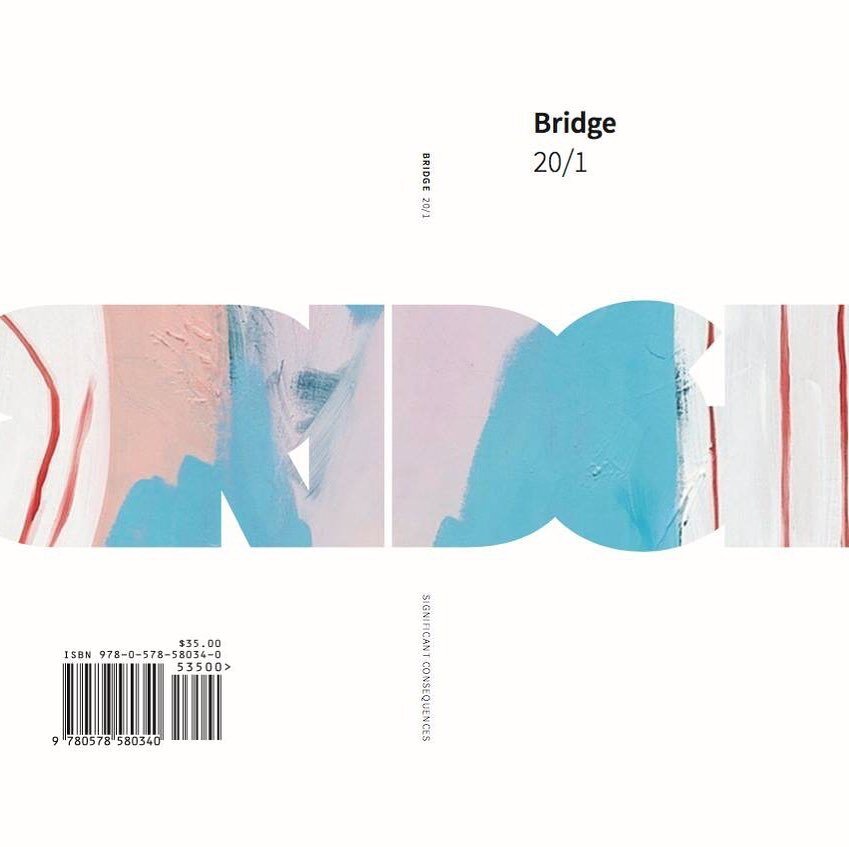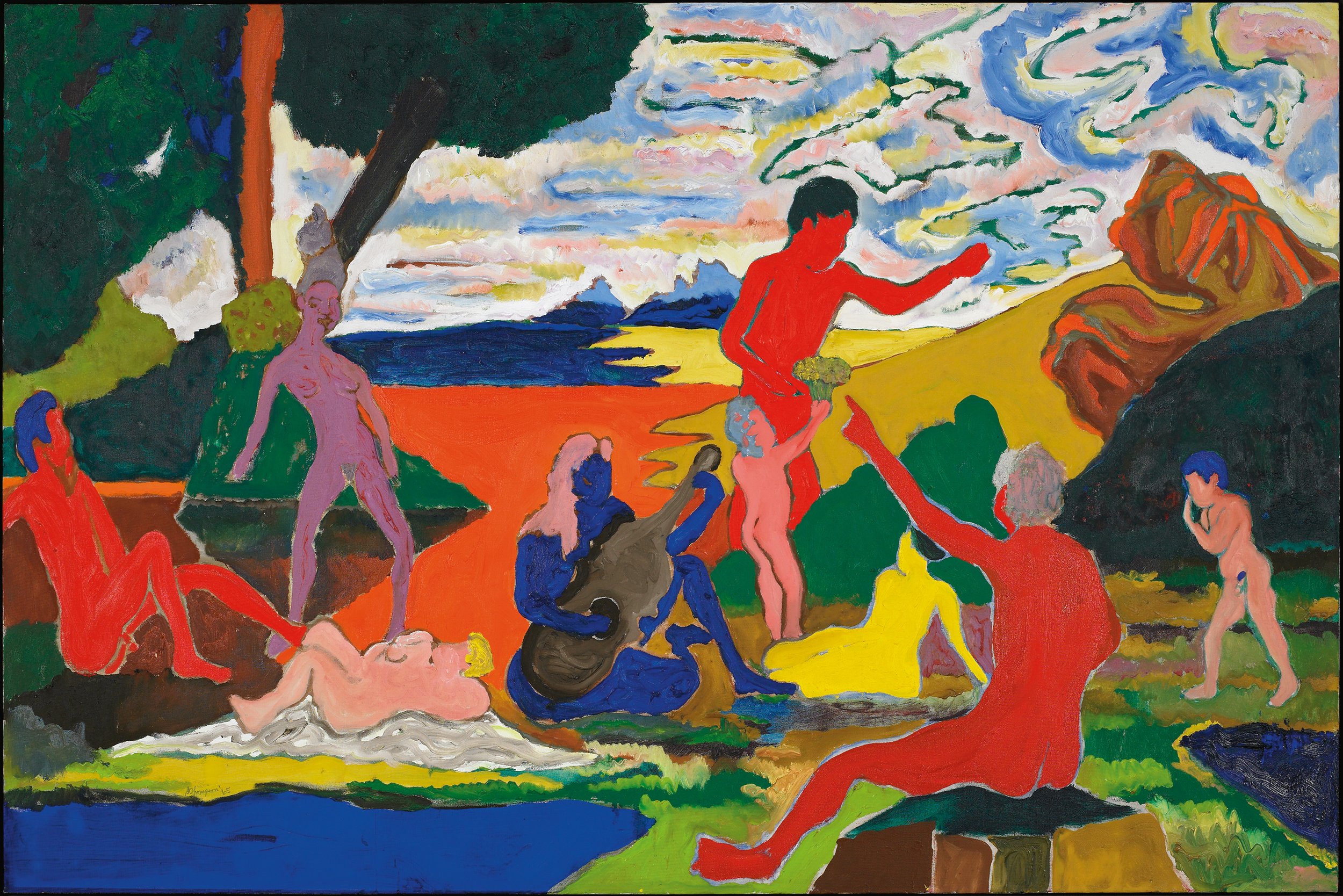REVIEW: Bob Thompson: This House is Mine at The Smart Museum
Bob Thompson, This House Is Mine, 1960. Oil on board. 7 × 12 in.
REVIEW Bob Thompson: This House is Mine
Feb 15 - May 15, 2022
Smart Museum,
The University of Chicago
5550 S. Greenwood Ave.
Chicago, IL 60637
By Anatoli Karapanagiotidou
This House is Mine is an in-depth retrospective on late African-American painter Bob Thompson, housed at the Smart Museum in Hyde Park and curated by Diana Tuite. The exhibition is a much-needed reminder of the topicality and poignancy of Thompson's work, being the first museum show on the renowned artist in over two decades. While the artist's career lasted only eight years before his early death, there certainly isn't a lack of content in This House is Mine: the exhibition features over 50 works both very large and quite small from all stages of his artistic development. All show a remarkable eye for color and composition, with a particular interest in the conceptually fruitful gray area between figuration and abstraction and thematizing the politics of struggle and care as well as racial justice.
The retrospective places particular focus on Thompson's interest in recasting canonical European paintings and Ancient Western myths, and making them his own through transformation of color palette and level of detail. In particular, the exhibition includes many remakes of predecessor Francisco de Goya's works with modern twists, such as Tribute to an American Indian (1963) which references Goya’s piece Dream. Of lying and inconstancy (1797) which draws attention to the struggles of indigenous peoples in America.
Installation view, This House is Mine, Smart Museum, 2022.
Thompson’ work was made during the peak of the Civil Rights and Black Power movements and he doesn’t shy away from thematizing the oppression faced by people of color in the United States in a plethora of ways, both direct and indirect. For example, the piece Black Monster (1960) places focus on the ways in which black folks are villainized and made to seem dangerous, particularly in the contexts of inter-racial relationships.
The topic of Jesus and the cross is a particularly important one in this exhibit. Through a number of different paintings, Bob Thompson draws a parallel between Jesus’ martyrdom on the cross, executions in the Renaissance period, and the lynching of African Americans throughout US history.
While most pieces in the exhibition are paintings of oil, there are also a number of gouache studies, as well as pen and pastel drawings on display, showcasing Thompson’s willingness to branch out into various mediums– even including an oil painting on wooden chair rails.
Bob Thompson, “The Execution,” 1961. Oil on linen.
The exhibition is accompanied by a selection of jazz music that not only sets a beautiful viewing atmosphere but also features many of the musicians that inspired Bob Thompson’s work; Ornette Coleman and John Coltrane, as well as close friend Alan Ginsburg. All of these musicians also appear in some of the artworks on display like Garden of Music (1960). There is also a biographical component to the exhibition; personal photo-albums, exhibition brochures and letters are displayed, which along with the music adds a deeply personal note to the exhibition. To personalize the exhibit even further, a poem by Thompson’s friend A. B. Spellman, A Beautiful Day #10, that tributes the artist and his unfortunately early death is displayed on the wall.
Bob Thompson, Homage to Nina Simone, 1965. Oil on canvas.
Like what you’re reading? Consider donating a few dollars to our writer’s fund and help us keep publishing every Monday.





